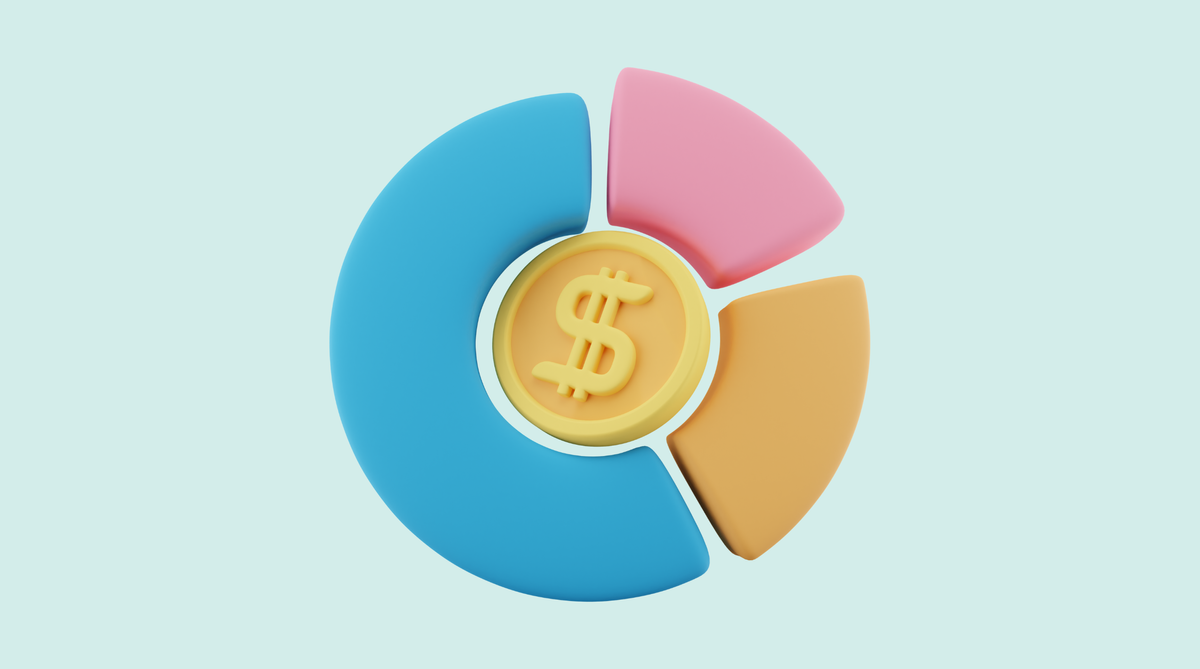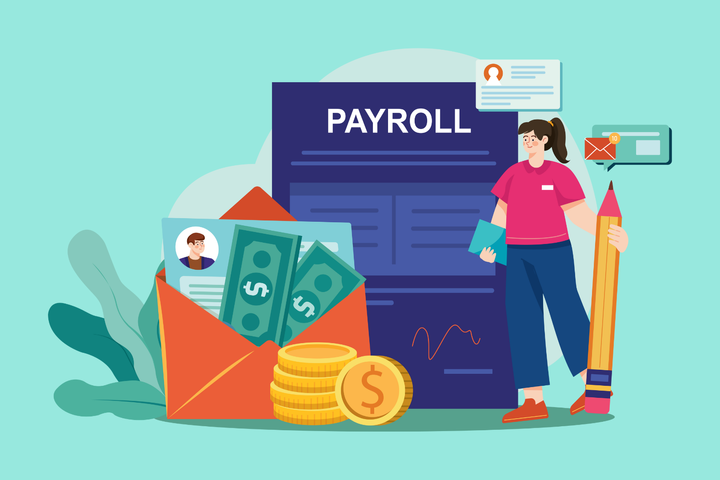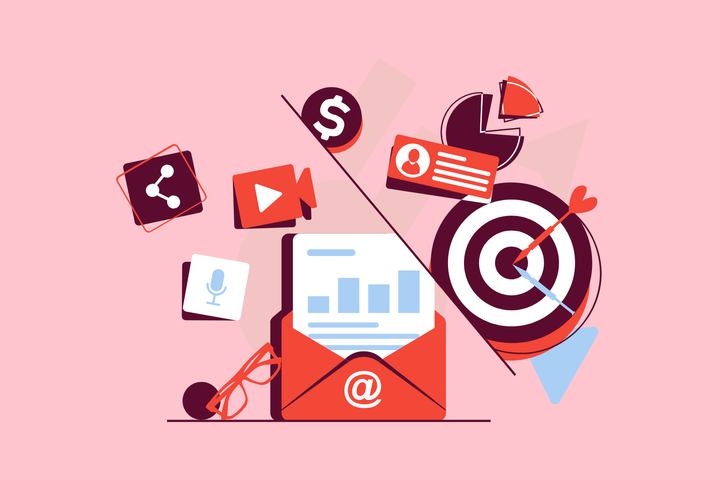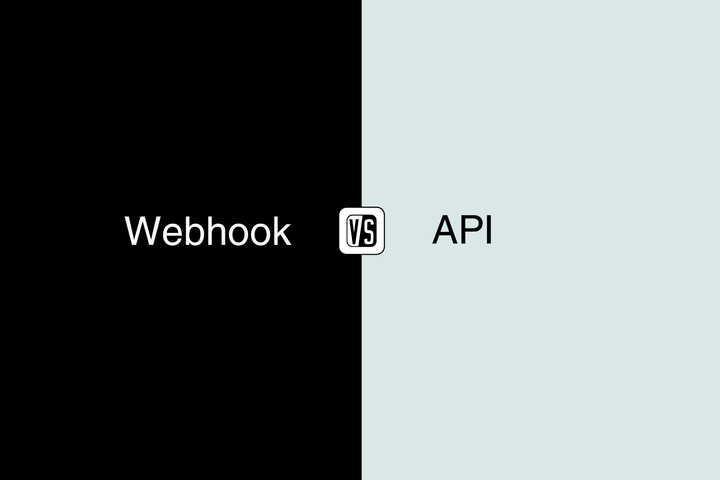Accounting Automation Guide

This guide will show you everything about accounting automation—why it’s important, the tools you can use, and simple steps to make your processes faster and easier.
Accounting began with pen and paper, evolving to tools that replaced manual bookkeeping. However, these tools still require manual data entry, leading to time consumption and errors like missed transactions or incorrect entries, which can disrupt the entire process.
The solution lies in automation —bridging the gap between tools to ensure seamless data flow without manual intervention.
According to MarketWatch, automation is projected to grow to nearly $9.67 billion by 2028 with a compound annual growth rate (CAGR) of more than 20.4%. This boosts efficiency, provides accurate real-time insights, and helps businesses scale effectively.
Table of Contents
Automate Document Uploads to Your Accounting Software
Keep Track of Invoice Payments and Overdue Notifications
Track and Log Expenses Automatically from Receipts
Eliminate Manaual Data Entry in Accounting
More Ways to Automate Your Accounting Process
What is Accounting Automation?
Accounting automation is the use of software to streamline and automate various accounting tasks, enhancing efficiency and accuracy. By automating routine processes, businesses can ensure that all financial aspects are managed effectively. Key applications of accounting automation include:
- Storing records
- Generating invoices
- Processing invoices
- Managing invoice payments
- Preparing for audits
- Budgeting and forecasting
Whether you're a small business, a large corporation, or even a government agency, accounting automation helps simplify financial management. The primary goal is to provide businesses with a more efficient way to handle their finances, freeing up time and resources to focus on other important areas of operation.
1. Automate Document Uploads to Your Accounting Software
Storing documents like receipts, invoices, or contracts in apps like Google Drive, Dropbox, or OneDrive is great for record-keeping. But when it comes to accounting, uploading these files again to your accounting software can be a tedious and repetitive task. It wastes time and increases the chances of something being overlooked.
With accounting automation, you can send files directly from your cloud storage to your accounting software without having to upload them twice. Automation tools like viaSocket can make this process smooth.
2. Keep Track of Invoice Payments and Overdue Notifications
Many businesses still manually create invoices and track payments, which is time-consuming and error-prone. From entering sales in tools like Salesforce or HubSpot to creating invoices in QuickBooks or Xero and following up on payments, the process can lead to delays, missed payments, and wasted effort—taking time away from critical tasks.
By using automation tools , businesses can eliminate the need for manual invoice creation and payment tracking.
3. Track and Log Expenses Automatically from Receipts
Managing business expenses manually is time-consuming and error-prone. Manually inputting data from tools like Expensify or emails into accounting software increases the risk of mistakes and makes tracking and reconciliation across platforms more complicated.
The solution involves setting up automated workflows that automatically log expenses from receipts or data entered into expense management tools into accounting software (like QuickBooks or Xero).
Example:
- Receipt Emails: When a receipt is emailed to a specific email address, viaSocket extracts the relevant details (amount, date, merchant) and logs the expense into QuickBooks.
- Expense Tools: When a new expense is entered and approved in Expensify, viaSocket automatically syncs it with Xero, ensuring accurate tracking in the accounting software.
4. Eliminate Manual Data Entry in Accounting
Manual data entry is time-consuming and error-prone. Transferring data by hand from spreadsheets or CRMs into accounting software can lead to mistakes, delayed invoices, and audit issues. As your business grows, handling larger data volumes becomes even more challenging.
This is where automation comes in—and viaSocket is one of the best tools to automate apps. Instead of manually copying and pasting data from one app to another, viaSocket can automatically transfer customer or transaction data into your accounting software.
5. More Ways to Automate Your Accounting Process
Looking for more inspiration? We've rounded up the best ways to automate the most popular accounting tools so you can streamline and supercharge your accounting processes.
- Automate Xero
Sync invoices, payments, and customer data with Xero to keep your records accurate and up-to-date without manual entry.
- Automate FreshBooks
Set up automatic invoicing, expense tracking, and time tracking by connecting FreshBooks with your CRM or payment processors. - Automate QuickBooks
Integrate QuickBooks with your payment systems and eCommerce platforms to automate invoicing, payments, and reporting, saving you time.
- Automate Google Sheets (Excel)
Connect Google Sheets with your accounting software to auto-update financial data, from expenses to reports, all in one place.
- Automate Wave
Automate invoicing, expense logging, and reporting by connecting Wave with your payment systems and CRMs, making your accounting easier. - Automate Zoho Books
Connect Zoho Books with your apps to automate invoicing, tax calculations, and reports for seamless financial management.
Benefits of Accounting Automation
Accounting automation offers numerous advantages that can transform the way businesses manage their finances. Let's dive into some of the key benefits:
1. Reduces Human Error
We’ve all experienced the frustration of manual data entry mistakes. With accounting automation, errors are significantly reduced. For example, the software can automatically reconcile bank statements or enter invoice data, ensuring everything is accurate without you having to double-check every transaction.
2. Improves Data Quality
Manual bookkeeping can be tedious and prone to mistakes, especially when matching paper checks with electronic payments. By automating these tasks, accounting software ensures that data is entered consistently and correctly, boosting the quality of your financial records.
3. Keeps Your Business Organized
Tracking finances manually can lead to piles of receipts, invoices, and paperwork. Accounting automation stores everything in one place, keeping your records up-to-date and easily accessible whenever you need them. This means less time spent searching for documents and more time to focus on your business.
4. Helps with Compliance and Reporting
Tax laws and regulations are always changing, and staying on top of compliance can be a headache. Accounting automation helps you stay compliant by generating reports that meet legal requirements, all while saving time on manual data entry and paperwork.
5. Ensures Compliance with Internal Controls
With automated processes in place, businesses can enforce internal controls more effectively. From accounts payable to payroll, automation ensures that every step is accurate and efficient, helping you avoid errors and maintaining consistency across financial operations.
6. Makes Collaboration Easier
Gone are the days of manual data transfers between systems. Accounting automation integrates seamlessly with other business tools, like CRM or HR software, making it easier to share financial data and collaborate across departments. This streamlines communication and ensures everyone is on the same page.
Automate your Accounting Process with viaSocket
With viaSocket, automating your accounting process is as easy as clicking a button. All you need to do is follow a few simple steps, and your accounting system will start running on its own.
1. Sign up and log in to viaSocket.
2. Go to the integration page and select the "Accounting" category. Once you choose this category, you'll see a list of apps related to acco
3. Select your preferred accounting tool.
4. Integrate it with the other tools you want to automate.
5. Publish the flow to start automating your accounting process.
Embrace Automation for a More Efficient Accounting Process
Automating your accounting processes is no longer a luxury; it's a necessity for businesses looking to save time, reduce errors, and improve efficiency.
Whether you're automating document uploads, invoice tracking, expense logging, or eliminating manual data entry, tools like viaSocket offer seamless integration and automation that bridge the gap between your apps. Say goodbye to manual processes and hello to a more efficient, error-free accounting system!



